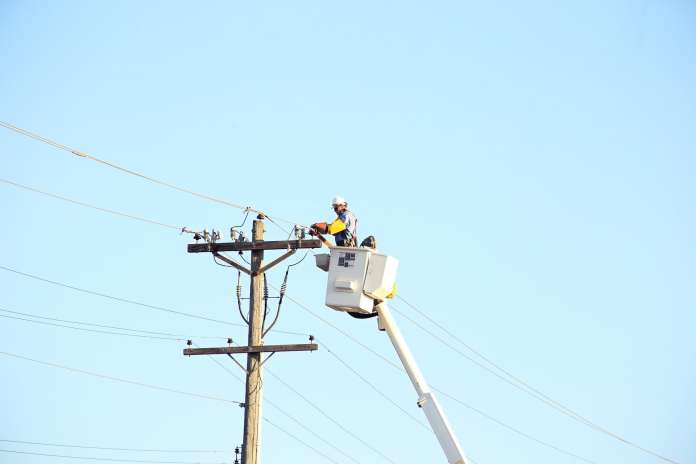After the incident which on 8 January separated the Continental Europe synchronous area in two for one hour, an expert panel composed of representatives of the affected transmission system operators (TSOs), ENTSO-E, regional security coordinators (RSCs), national regulators and ACER, was set up on 4 March 2021 to carry out an investigation.
Now, a final report was released, which reveals that swift TSO coordination mitigated the incident and no major impact on consumers’ energy supply occurred. In general, the incident was handled in a better and more efficient manner than the split in November 2006, which is also due to the lessons learned from that system separation and the consequent development of the binding legal framework at the EU level.
The ENTSO-E Awareness System (EAS), which allows European TSOs to exchange information in real-time and which was introduced right after the 2006 event, allowed the TSOs to be aware of the overall system states. Coordinated measures of the TSO’s electricity defence plans were activated quickly, which also allowed for the fast resynchronisation of the two asynchronous areas.
The incident on 8 January revealed no issue in relation to generation adequacy or high shares of renewables having an impact. The in-depth analysis has shown that the large pan-European electric power flows and the low stability margins in the system played a crucial role in the incident, which reveals an illuminating view on future power system conditions in Europe.
With the ongoing energy transition, large and long-ranging power flows on the pan-European level will further increase in size and occurrence. In this regard, power system operation must become sufficiently resilient to cope with unexpected disturbances and faults to guarantee unchanged high security of supply of European customers. Therefore, highly accurate security calculations and a continued commitment by the Member States for their TSOs to cooperate at regional and European levels to guarantee reliable energy supply is essential. This will help each jurisdiction to cope with sudden changes, drawing on stability contributors when needed. Grid resilience and maintaining the security of supply together is an enabler of Europe’s clean energy transition.
The expert panel has made 22 recommendations for further assessments and corresponding implementation. These cover topics such as operational security calculations, frequency analysis and support, as well as TSOs’ communication and coordination.



